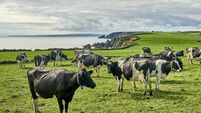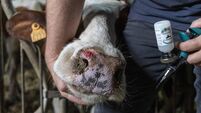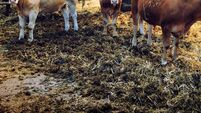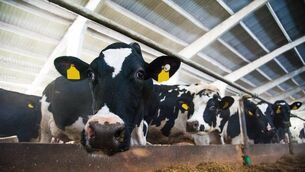Greenhouse gas analysis in Ireland leads to conundrum
He recently told members of the Oireachtas Joint Committee on Agriculture: “On the one hand, we hear that agriculture in Ireland accounts for a large proportion, 32%, of national emissions while, on the other, we hear that agriculture has one of the lowest carbon footprints in the world. Both statements are true at the same time.
“A large proportion of emissions come from agriculture. The average in Europe is 10%, whereas it is 32% in Ireland. Part of that can be explained by the fact that we do not have a large heavy industrial sector, nor do we have a large population of cattle.










